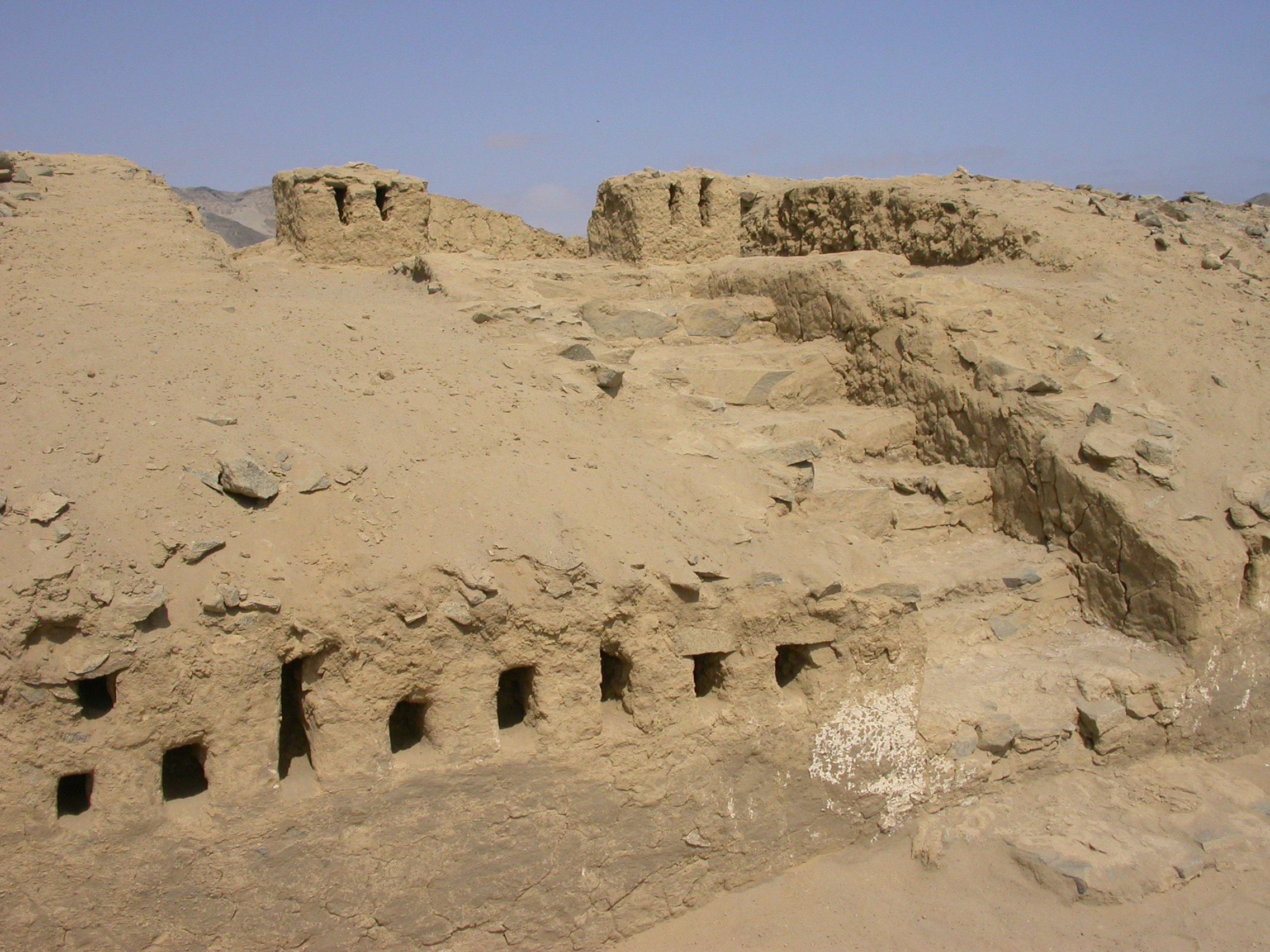Research
I am an Andean archaeologist with a focus on empirical field research, site-based excavations, and interdisciplinary collaborations. My work is theoretically informed and I hope to bring a nuanced and textured understanding of the ancient complex societies that developed on the north coast of Peru. Over the years, I have developed a series of excavation projects, especially in the Nepeña Valley in the Department of Ancash. My field program has helped document and reflect on early urban life, architecture, material culture, visual arts, feasting, rituals, paleoenvironments, and foodways, among other things.
I am dedicated to high quality research, rigorous methodological standards, student training, the protection of cultural heritage, and the building of respectful and reciprocal relations with all research collaborators, especially descendant communities. For more than 20 years, I have nurtured ties with various communities in coastal Peru, advocated for the protection of archaeological sites, and developed outreach programs.
Below are some of my research projects and collaborations based on fieldwork in the Nepeña Valley, coastal Ancash, Peru.
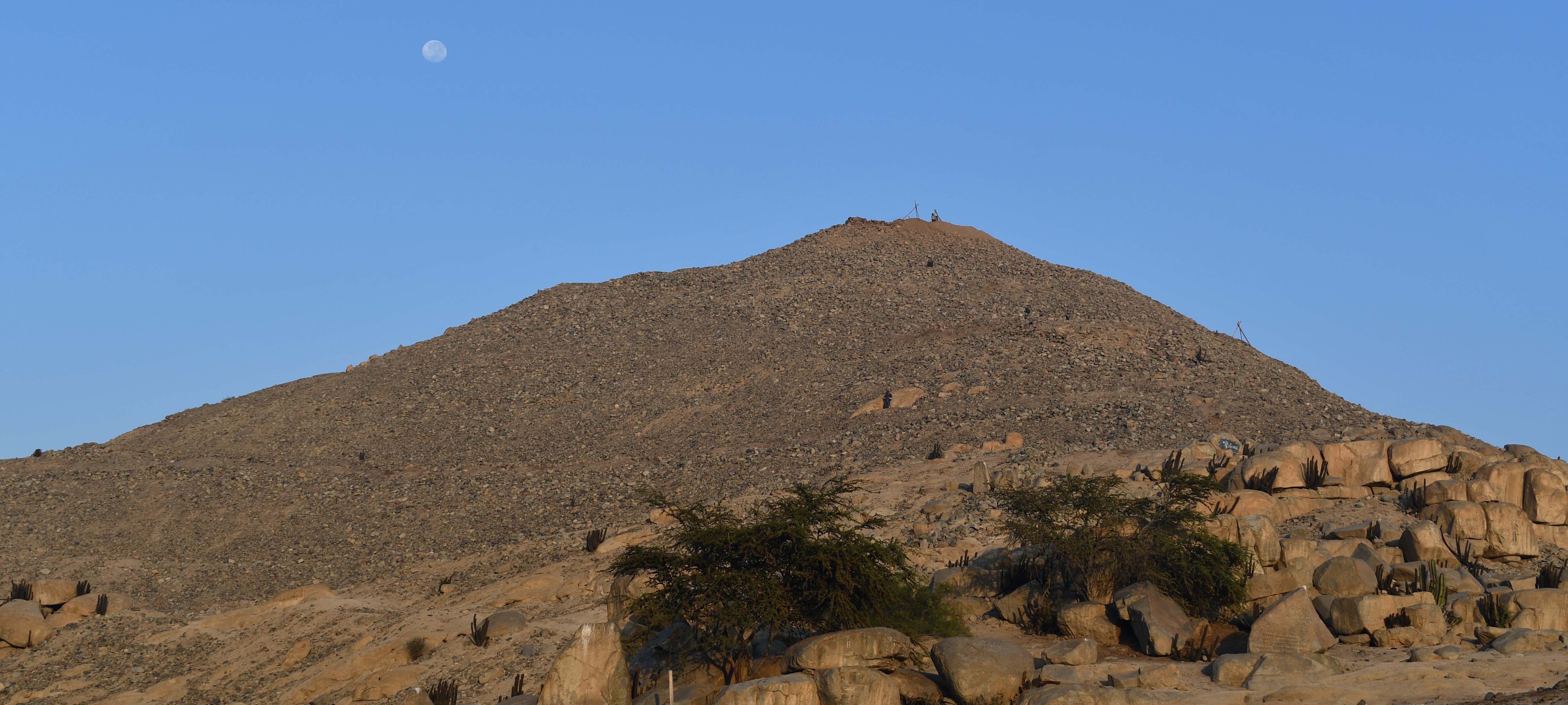
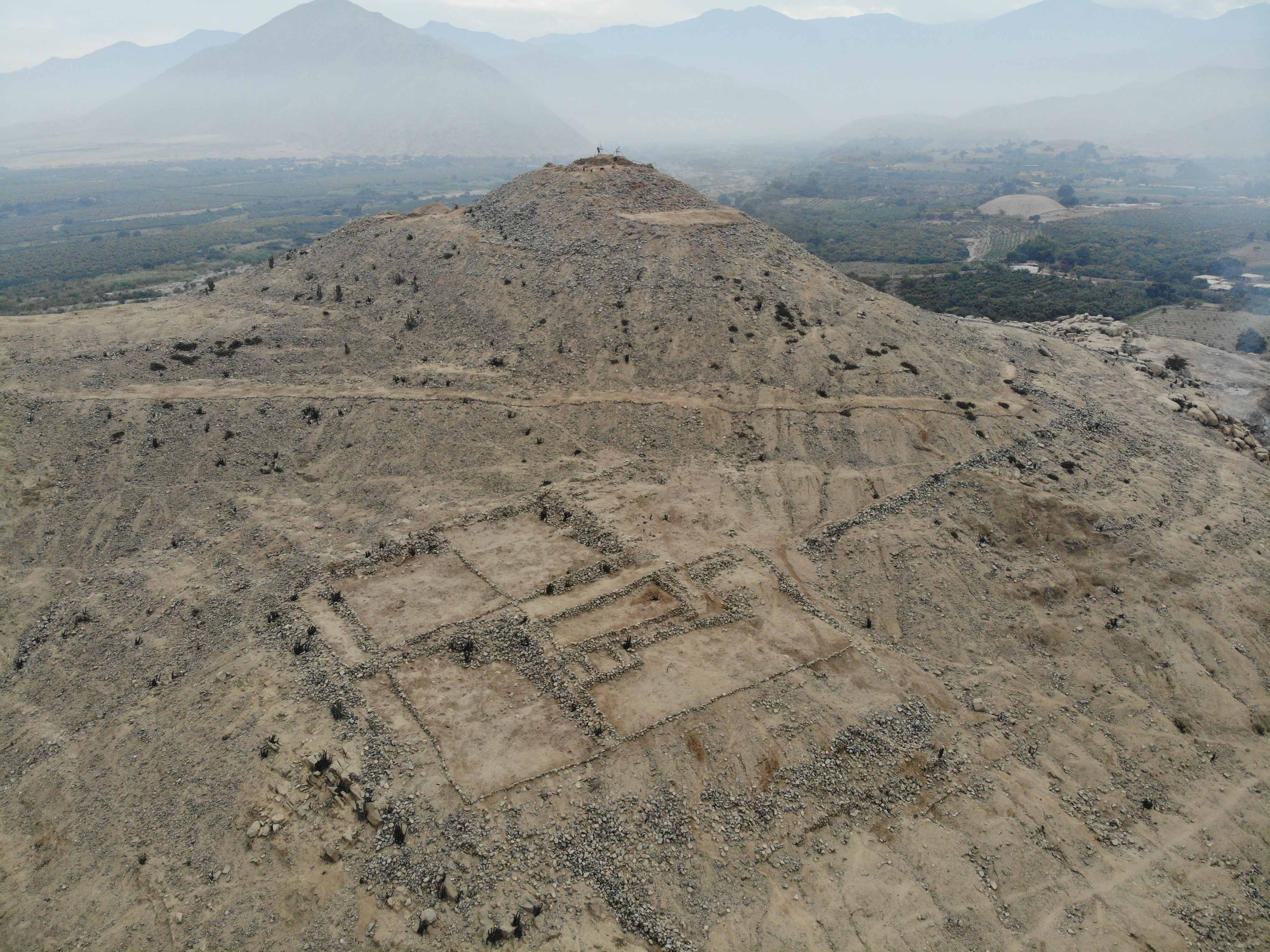
For a period of 22 weeks between 2019 and 2022, I co-directed excavations at Cerro San Isidro (~600 cal BCE-1400 cal CE), an important residential and political center located near the town of Moro in the middle Nepeña Valley. Based on surface evidence, geographic location and preliminary viewshed analyses, the multi-component site is hypothesized as a primary center of political power and elite presence.
The field reports of the 2019 and 2022 seasons are stored in the LSU Scholarly Repository (formerly LSU Digital Commons), and the project has so far generated the publication of articles exposing the preliminary results (Chicoine & Navarro 2022) and the multimodal mapping methods (Golay Lausanne et al. 2024).
Click here to watch a documentary on our 2022 field project!
In addition to helping train about a dozen students, the Cerro San Isidro project has so far provided foundational data to three master's theses (Fenton 2021; Ixta Pichardo 2024; Lowrance 2021).
The San Isidro project is part of a broader collaboration with Dr. George F. Lau (University of East Anglia). Our joint program explores the “Rise of Divine Lordships in Northern Peru” as seen through comparative datasets from Moro and Pallasca, two neighboring regions in the Department of Ancash. The Moro portion of the divine lordships project, under my guidance, is funded through the NSF (Archaeology + Archaeometry Program, award number 853905) and should generate rich datasets to fuel significant academic outputs.
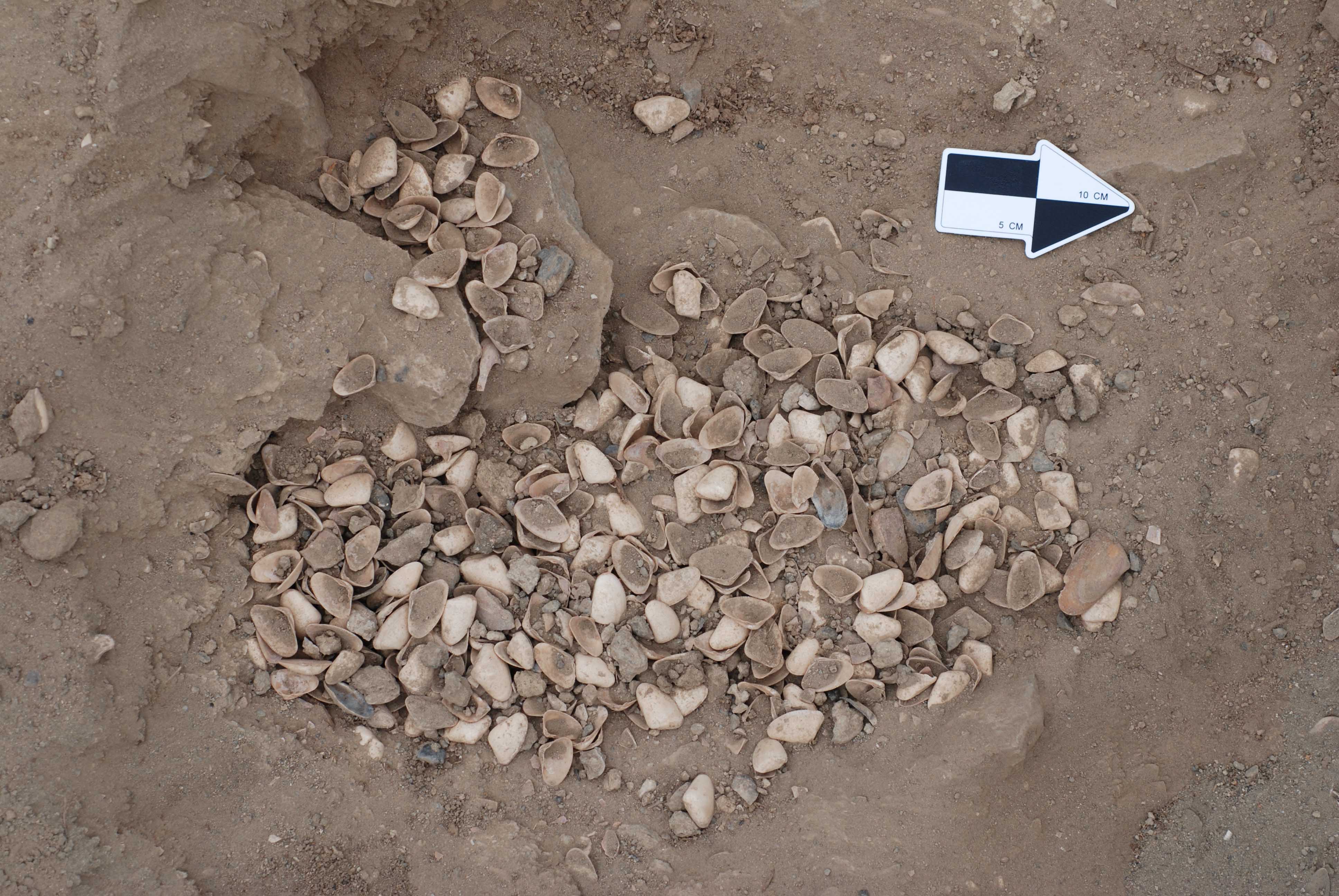
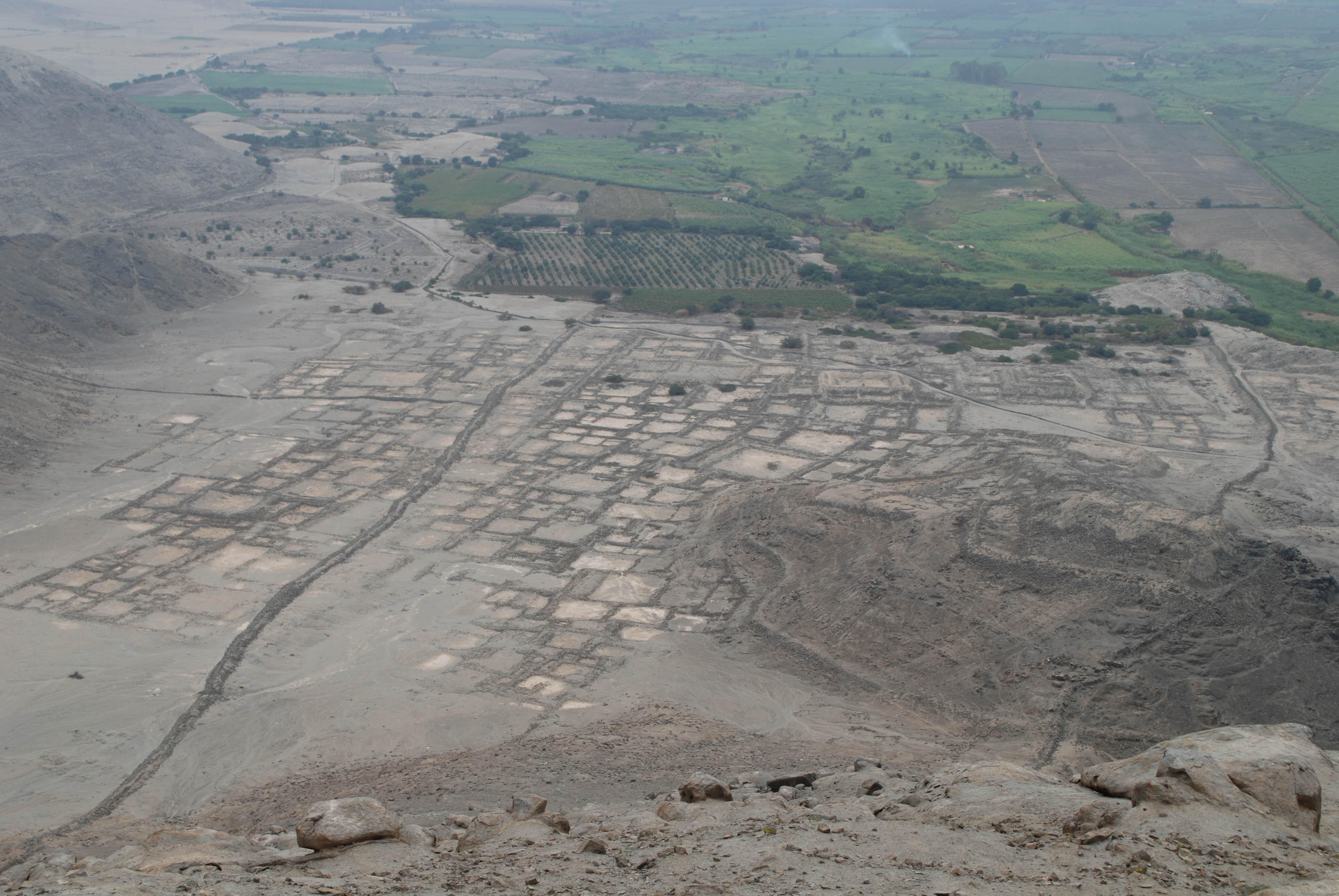
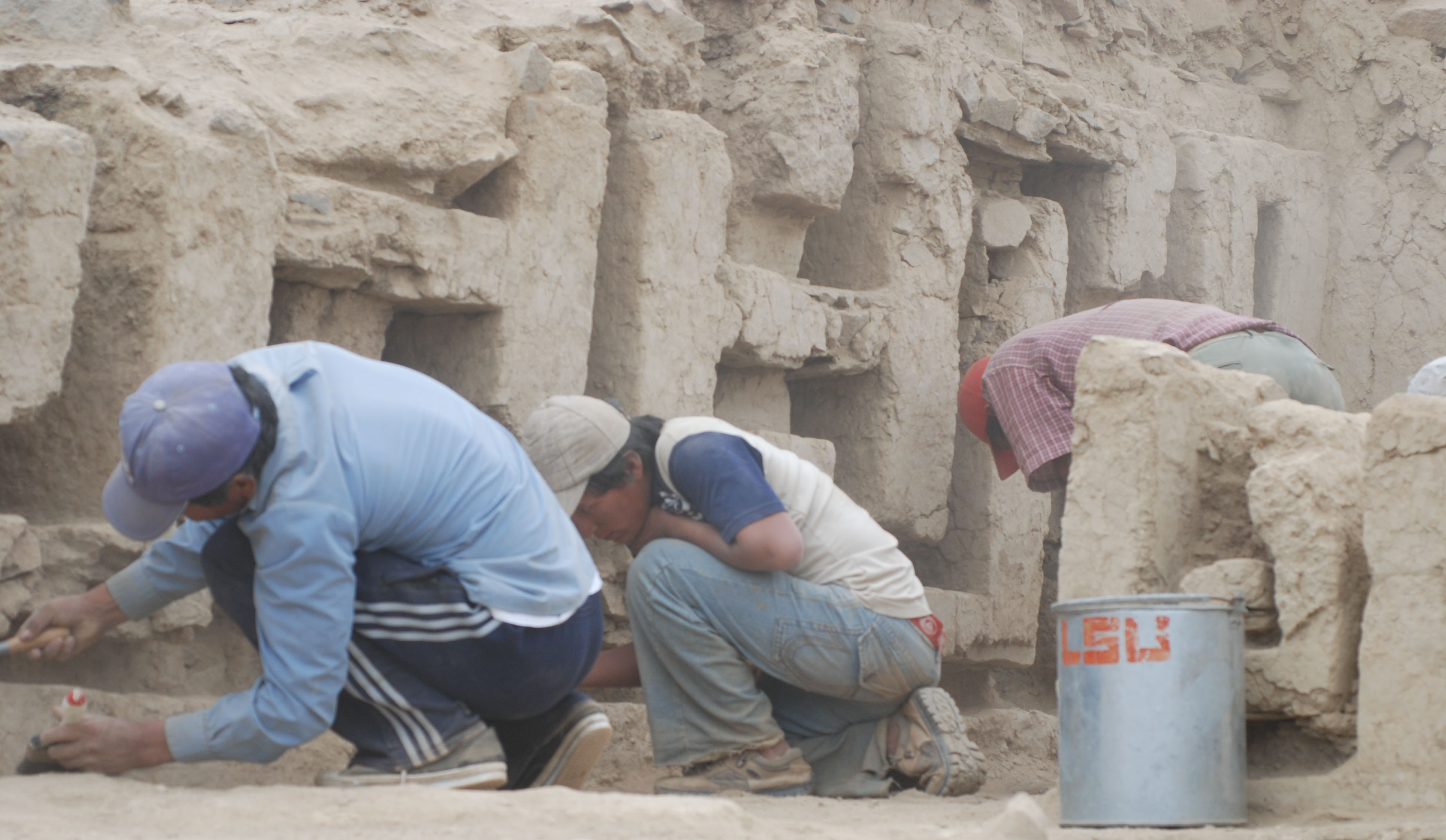
Over the course of 16 weeks in 2009 and 2010, I co-directed excavations focusing on the Early Horizon component (~600-200 cal BCE) at Caylán, one of the largest settlements in the lower Nepeña drainage. With the financial support of the Louisiana Board of Regents (award number LEQSF[20112014]-RD-A-05) and LSU’s Office of Research + Economic Development, the Caylán project promoted a holistic understanding of urban developments and their relation to architecture, material culture, foodways, extractive industries, paleoenvironments, and ritual life.
The project offered a fieldschool and helped train more than 20 students. Delimitation efforts, surface surveys and laboratory analyses continued for several years, and served as the foundations for two doctoral dissertations (Sutherland 2024; Warner 2021), seven master’s theses (Clement 2012; Helmer 2011; Miller 2016; Sutherland 2017; Treloar 2014; Warner 2014; Whitten 2015) , one licenciatura thesis (Ortiz 2012), and one undergraduate honors thesis (Passafume 2019).
In addition, the Caylán data have led to the publication of more than a dozen journal articles and book chapters. These have explored, among other things, urbanism (Chicoine & Ikehara 2014), neighborhood and modular living (Chicoine & Whitten 2019), archaeoacoustics (Helmer & Chicoine 2013), plaza settings (Helmer et al. 2012), archaeobotany (Chicoine et al. 2016; Chicoine et al. 2022), zooarchaeology (Chicoine & Rojas 2013; Chicoine et al. 2020; Chicoine et al. 2022), feasting (Sutherland et al. 2020), mural art (Chicoine 2022), platform construction (Chicoine & Warner 2022), households (Chicoine et al. 2021), and mortuary practices (Chicoine & Helmer 2025).
Field reports of the 2009 and 2010 seasons are available via LSU Scholarly Repository.
Click here to watch a public lecture summarizing the Caylán research!
As part of my dissertation in 2003 and 2004, I co-directed 23 weeks of excavations at the small elite center of Huambacho (~600-200 cal BCE) located in the lower Nepeña Valley. With the financial support of several UK-based institutions, horizontal excavations brought to light new evidence on Early Horizon architecture and cultural remains. I analyzed architecture, artifacts, and food remains. As part of the Huambacho field school, I helped train more than two dozen students from Peru, North America and Europe. The fieldwork and subsequent laboratory analyses have led to the publication of more than eight first authored journal articles and book chapters exploring Early Horizon architecture (Chicoine 2006), chronology (Chicoine 2010), elite strategies (Chicoine 2010), feasting (Chicoine 2011), zooarchaeology (Chicoine & Rojas 2012), mural art (Chicoine 2022) and Moche mortuary practices (Chicoine 2011, 2016). The data were also foundational to one master's thesis (Grace 2011).
Field reports of the 2003 and 2004 seasons are available on LSU Scholarly Repository.
